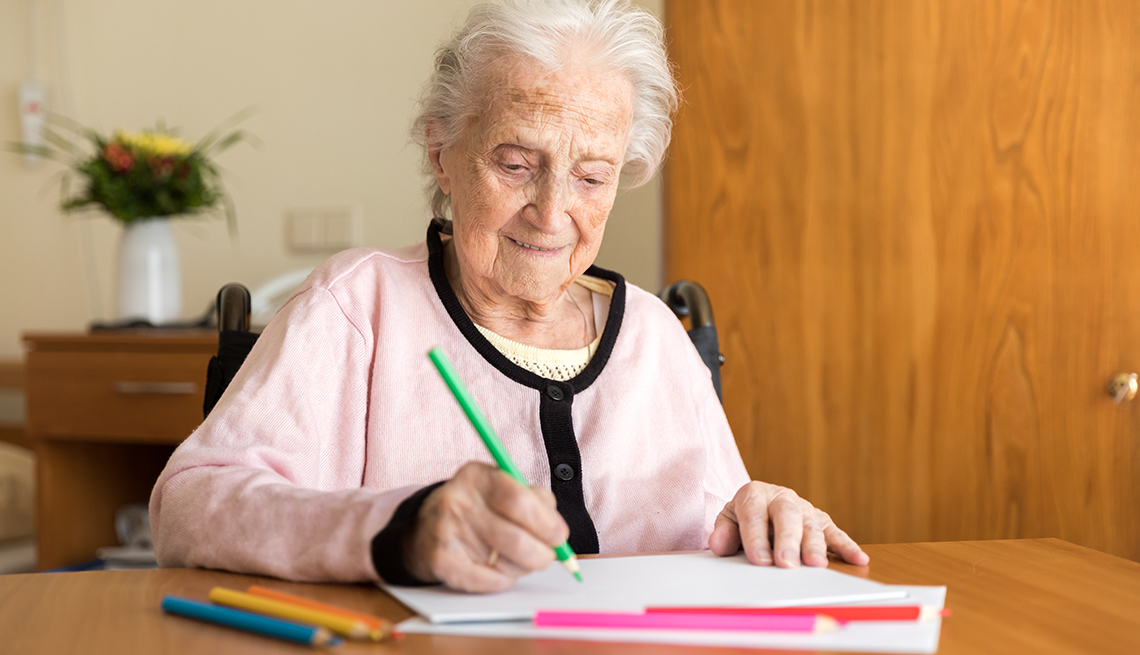AARP Hearing Center
A year into the global pandemic, a picture is coming into focus of the toll that COVID-19 has taken on family caregivers’ sense of isolation and stress.
In a survey of 750 caregivers, conducted by EMD Serono with the National Alliance for Caregiving, 72 percent of unpaid American caregivers agreed that the pandemic has caused them to feel more burned out than ever before. A full 30 percent said one of the biggest challenges they've faced during the pandemic is not being able to take a break. Burnout is especially high among Generation Z and millennial respondents (80 percent), who were also more likely to have become first-time caregivers during the worldwide health crisis.
But every caregiver knows that the reality of carving out time for yourself is far more complicated. Creating that time to rest and recharge, even for 15 minutes, requires forethought, planning and effort. And if your loved one suffers from Alzheimer's disease or another type of dementia, that time can be even more fleeting when the person's judgment and safety are a concern.
Feeling the strain
Joanne Fontaine, RN, a geriatric care manager at Newbury Court in Concord, Massachusetts and the founder of Pro-Active Eldercare, is seeing the strains firsthand. She works directly with dementia patients and their caregivers living in the independent side of the community to offer advice, moderate support groups and help manage care as changes occur.
"After the months of lockdown that started last March, many activities are still restricted, even with vaccinations,” she says. “Most caregivers have already lived a 36-hour day and had to double as full-time activity directors. Now, with the COVID lifestyle, they are living a 72-hour day. It's exhausting.”
Fontaine points out that caregiving assistance allows these selfless individuals to step back into the role of family member or spouse, an identity that often gets lost in the caregiving role.
I can fully relate to that. While nursing my husband back to health after his traumatic brain injury, I wondered how intimacy would return if I were forever handling his basic needs and feeling frightened about the future. I had the luxury of Bob's returning to good health, but during that time, my mother's relationship with my father began to resemble that of parent and child as he slid further into dementia.





































































